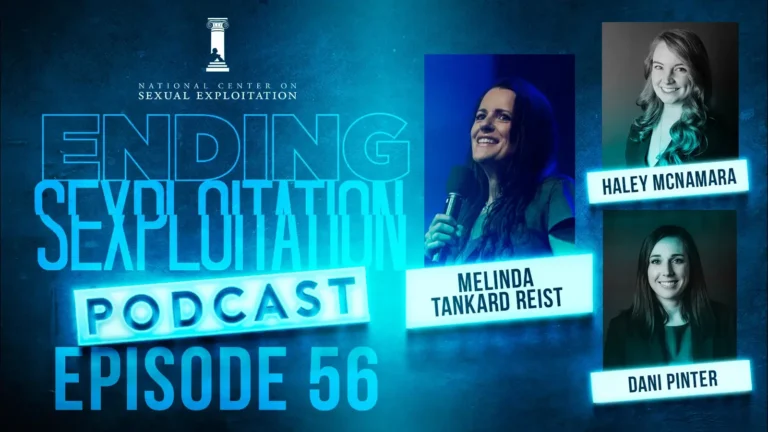One of the most serious threats to families, marriages, and children is the porn industry. Court documents tell us that a huge percentage of divorces are as a result of the compulsive porn use of one of the spouses. Ugly statistics tell us that the average age of first exposure to porn is now age 9. And, new research is explaining how pornography is actually warping our minds, changing our attractions, and mainstreaming sexual violence.
…
As public awareness regarding the harms of pornography grows, organizations like the National Center on Sexual Exploitation (NCOSE) are reporting positive changes, as well. In March of 2017, Twitter actually changed the way the platform functioned so that users typing in hashtags or keywords to search for pornography would find no results. This change is extremely important—Twitter (along with Instagram) was one of the most notorious distributors of pornography among the social media platforms. NCOSE hopes that this is simply one step in the right direction.
Another company that has bowed under pressure is Verizon, which has now created an “opt-in system” for those subscribing to FiOS IPTV services so that pornography flicks and porn channels will not simply be automatically sent into the homes of new customers. Verizon still sells pornography, but after NCOSE met with Verizon’s CEO and launched several massive campaigns, the company, like Twitter, has begun to take steps to reduce the availability of pornography.
The most significant victory NCOSE attained in 2017—at least in my view—was their successful campaign to have EBSCO Information Services, which “offers online library resources to public and private schools (K-12), colleges and universities, public libraries, and more,” begin to remove sexually graphic content from elementary schools. After months of discussion with NCOSE, EBSCO is taking steps to remove access to porn, and NCOSE believes that many of these solutions will be effective.



